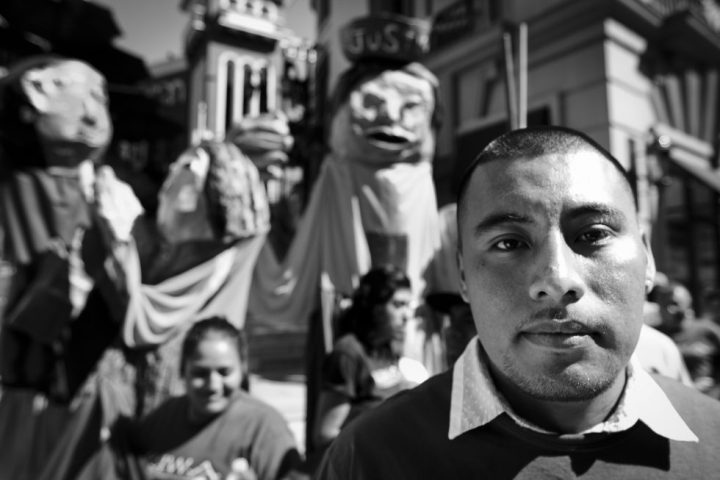
This story originally ran on Digital Trends Español — the Spanish-language version of the site you know and love.
As the 2016 Presidential election continues its headline-grabbing run to November, American voters are weighing a host of spirited issues and eagerly await the chance to be heard. For many Latino voters, the political stakes feel very personal — and where a candidate stands on these issues will factor heavily into who wins their vote.
Capturing these votes requires a smart digital strategy expressly designed for reaching this audience; the next occupant of the White House may well be in their hands.
More than a half million Hispanics join the ranks of new voters every year, 44 percent of which are millennials, and by Election Day, their 27 million votes will be up for grabs — a 17-percent surge over 2012 and now a robust 13 percent of all eligible voters. Like all Americans, Latinos are turning to their mobile devices to keep up with political issues, making a candidate’s digital strategy imperative to reaching these voters. In states like California, Texas, and New Mexico, where Latinos comprise more than a quarter of all voters, and in key battleground states like Nevada, Colorado, and Florida, a growing Hispanic presence can make or break a candidate.
Although most political advertising is still spent on TV, eMarketer determined 2 years ago that digital media consumption overtook TV consumption. And that gap continues to widen everyday. Candidates that recognize this and put strong efforts and more dollars into their digital strategy are succeeding in capturing the Latino audience.
I'm running for president. Everyday Americans need a champion, and I want to be that champion. –H https://t.co/w8Hoe1pbtC
— Hillary Clinton (@HillaryClinton) April 12, 2015
For example, Hillary Clinton announced her Presidential run on Twitter and began her campaign advertising with a 2-minute long YouTube video. She has currently spent $690K on digital advertising. Overall, 2016 digital ad spend is up to around $1 billion. Not only is this a 5,000 percent increase from Obama’s digital campaign in 2008 but it is a clear indicator as to why she currently has the majority of the Latino vote. In a study for Univision by Bendixa & Amandi, if respondents had to vote today, Hilary currently has the majority of the vote; 64 percent vs 27 percent for any other republican candidate and 73 percent over all the other democratic candidates.
Presidential campaign traffic on YouTube has grown fivefold in just one year. On Facebook, where Latinos account for more than 32 million unique monthly visitors, a recent Pew poll found a 37-percent jump in election-related content. Clearly, if you want to get buy-in from the new generation of voters and help them understand what their future leaders stand for, digital advertising is the best bet. Technology has eliminated almost all barriers to sharing one’s personal political views and allows candidates to engage in a meaningful dialogue, listening to concerns and offering productive solutions which can help candidates capture this growing group of American voters.
Come November 8, Latino voters will be heard loud and clear — in both the voting booth and on social media.



